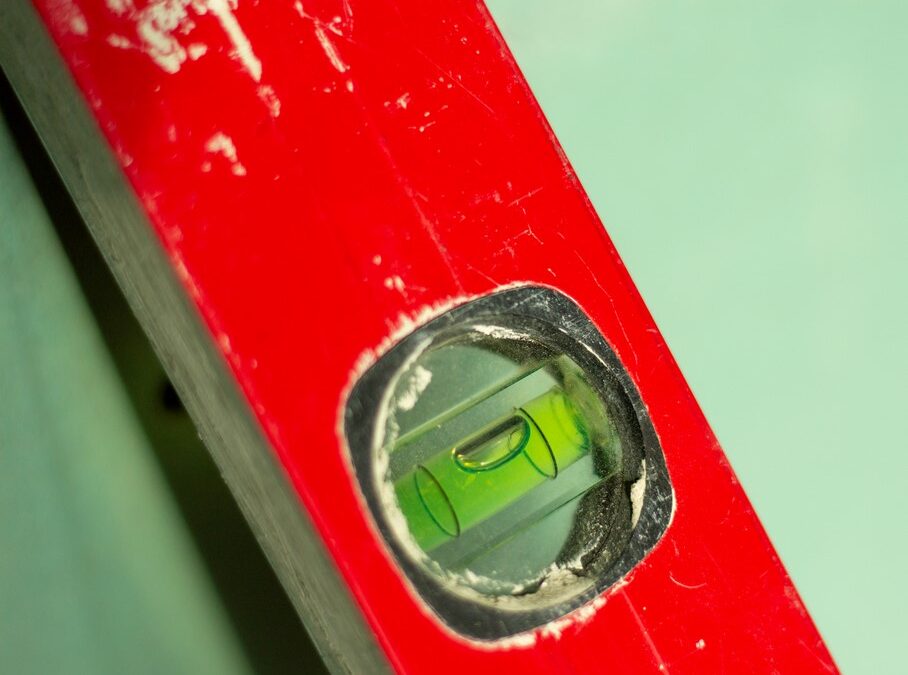Like Van Pelt Construction Services, the green building movement came to be in the 1990s. The growth of our firm has paralleled the growth of sustainable practices in the construction industry – particularly on school sites. In fact, our founders, Mark and Mike Van Pelt, lent their expertise to California’s utilities prior to the 1999 launch of the Collaborative for High Performance Schools (CHPS), a statewide effort to improve energy efficiency on K-12 campuses.
Since then, both VPCS and sustainability have strengthened and expanded. Incorporating environmentally-friendly design features into construction projects has become the new normal in our industry. All of us have become well-versed in the systems and technologies that help make buildings more ecologically sound.
The way I see it, these are the keys to what makes VPCS adept at this aspect of our work:
Education. We rarely encounter any resistance to sustainable practices. However, it’s not unusual to have clients question the up-front costs often associated with such features. When that happens, it’s our job to demonstrate the long-term value (economic, environmental, and societal) of sustainable design and construction. For example, a more efficient HVAC system may cost more to purchase and/or install, but its operating costs will be far lower over the life of the building. As owners’ reps, our responsibility is to prove how sustainability pencils out in our clients’ favor.
Experience. Our depth of knowledge is always an advantage for our clients. When discussing with planning teams how best to incorporate eco-friendly elements into projects, we can recommend features based on what we’ve seen first-hand on previous assignments. From adding modest solar arrays to achieving full LEED Platinum certifications, we’ve tackled a range of green challenges. So we know what is most effective and economical when it comes to different building types, client goals, and budgetary realities.
Ethos. A commitment to sustainability is woven into the VPCS company culture. We make sure all personnel are up to date with the latest approaches, we have a growing number of staff members who have obtained green building certifications, and we have a reputation among our peers for our dedication to sustainable practices.
Interestingly, the coronavirus also has a place in this discussion. As the pandemic has elevated concerns about indoor air quality, most construction project teams are now exploring options for upgraded HVAC systems to enhance circulation and improve filtering. There is even talk about permanently adjusting state building codes to require 100% fresh air systems in school structures, which will lead to upgrades in mechanical systems in schools throughout California. While this is an immediate response to our current infection control concerns, buildings (and their occupants) will reap the benefits well past the COVID era.
Our industry is shifting to accommodate changes in the climate as well as changes in awareness regarding building design and performance. As construction professionals, we have a responsibility not merely to keep up but to lead the way. Improving energy efficiency, drawing from renewable sources, incorporating water reuse strategies, minimizing waste, and opting for less toxic materials are just a few of the ways we can contribute to a more sustainable built environment. It may take a bit more work and a few more dollars today, but the value it will bring to our projects will endure. At VPCS, we believe in being equally good stewards of our clients, our communities, and our planet.
By Eric Van Pelt

